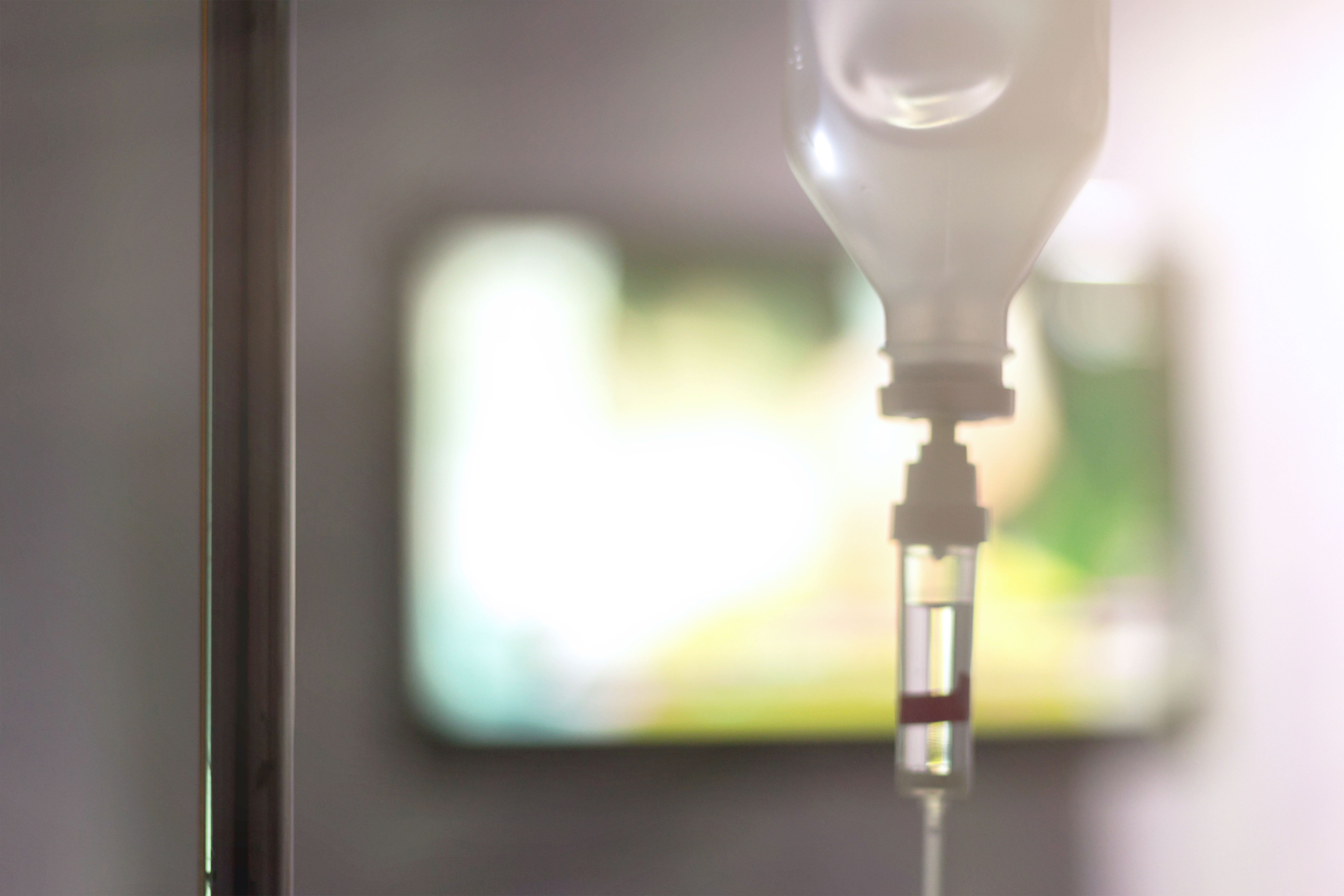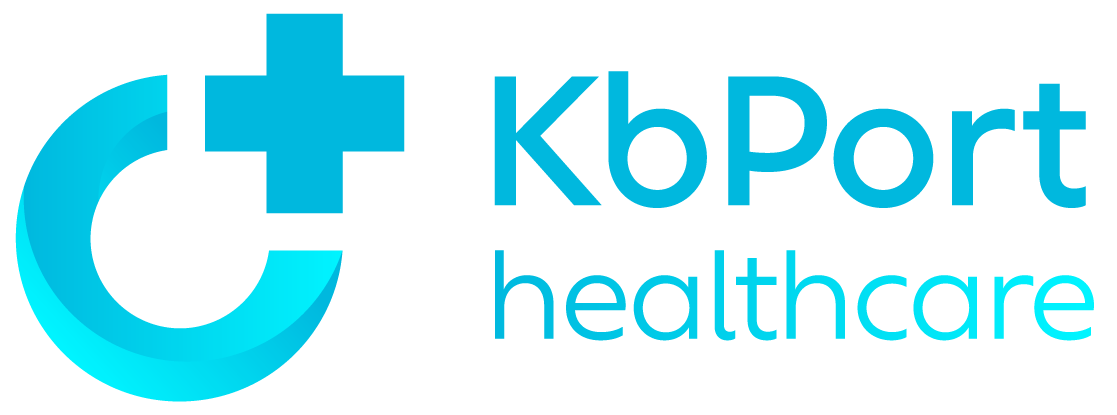Customizing Your Crash Cart

The contents of the crash cart vary depending on the hospital. Typically, the cart contains medications, equipment, and supplies needed to treat heart attacks, respiratory failure, and other life-threatening emergencies.
Maintaining a crash cart checklist can streamline inventory management and resupply.
Who Needs a Crash Cart?
A crash cart is a medical device containing necessary equipment and supplies for use during emergencies. Because of its necessity, most choose to store it in an easily accessible location, such as outside an operating room or near an emergency entrance.
The cart should be operated by trained medical personnel to ensure patients receive care quickly and efficiently. Having untrained personnel use the cart can lead to delays in the patient receiving necessary medication and only further complicate their ailment.
Why Use a Crash Cart? Types of Crash Carts and General Equipment
While crash carts are customizable, two popular types of crash carts are AED and oxygen. Every kind of cart is designed for a specific purpose and has features to meet the needs of staff and patients during an emergency.
AED (Automated External Defibrillator)
An AED is a device that shocks the heart back into a normal rhythm. This cart’s primary purpose is quickly transporting the AED and other necessary supplies around the hospital.
The AED crash cart is the most common as it has a defibrillator on top and then uses drawers for medication, intubation, IV lines, and kits. This cart is generally applicable, so expect to see many of them in hospitals.
While AED crash carts come in various sizes and configurations, the most common similarities are being lightweight and having wheels. Most are made from materials such as aluminum or plastic to maneuver throughout the hospital quickly.
When choosing an AED crash cart, you must consider the size of your facility and the type of emergencies you will likely encounter. If you plan on keeping the cart in one location, it may be better to look for a more sedentary cart.
Oxygen
An oxygen crash cart is essential in a hospital or other medical setting. Oxygen crash carts are designed to provide oxygen therapy to patients experiencing respiratory distress.
Some of the space generally used for storing other cart materials is dedicated to oxygen tanks and oxygen masks. Specialized oxygen carts should be kept near patients with respiratory issues. This cart is typically kept in a central location and is used in the event of an emergency, such as when a patient goes into respiratory distress.
Outside of the oxygen supplies stored, the rest of the crash cart contains general supplies that may be useful, such as medication, intubation supplies, IV lines, and kits.
What Are Custom Crash Carts?
Most medical facilities have specialty wings or wards. Customizing a separate cart for those areas will streamline response and improve patient care.
Custom carts can be specifically designed to cater to the facility’s needs and minimize the time necessary to get supplies to the proper destination.
Custom crash carts come in various sizes and styles and can be outfitted with different equipment. Most carts will come with four drawers to hold general equipment such as medications that may be needed by the patients or specific kits that the facility uses.
Custom carts may be specialized by including defibrillators or oxygen tank storage or even adding security features such as locks and GPS tracking.
OPENING HOURS
| Week Days – TX |
8:00 – 4:30 CT |
| Week Days – PA |
8:00 – 4:30 EST |
